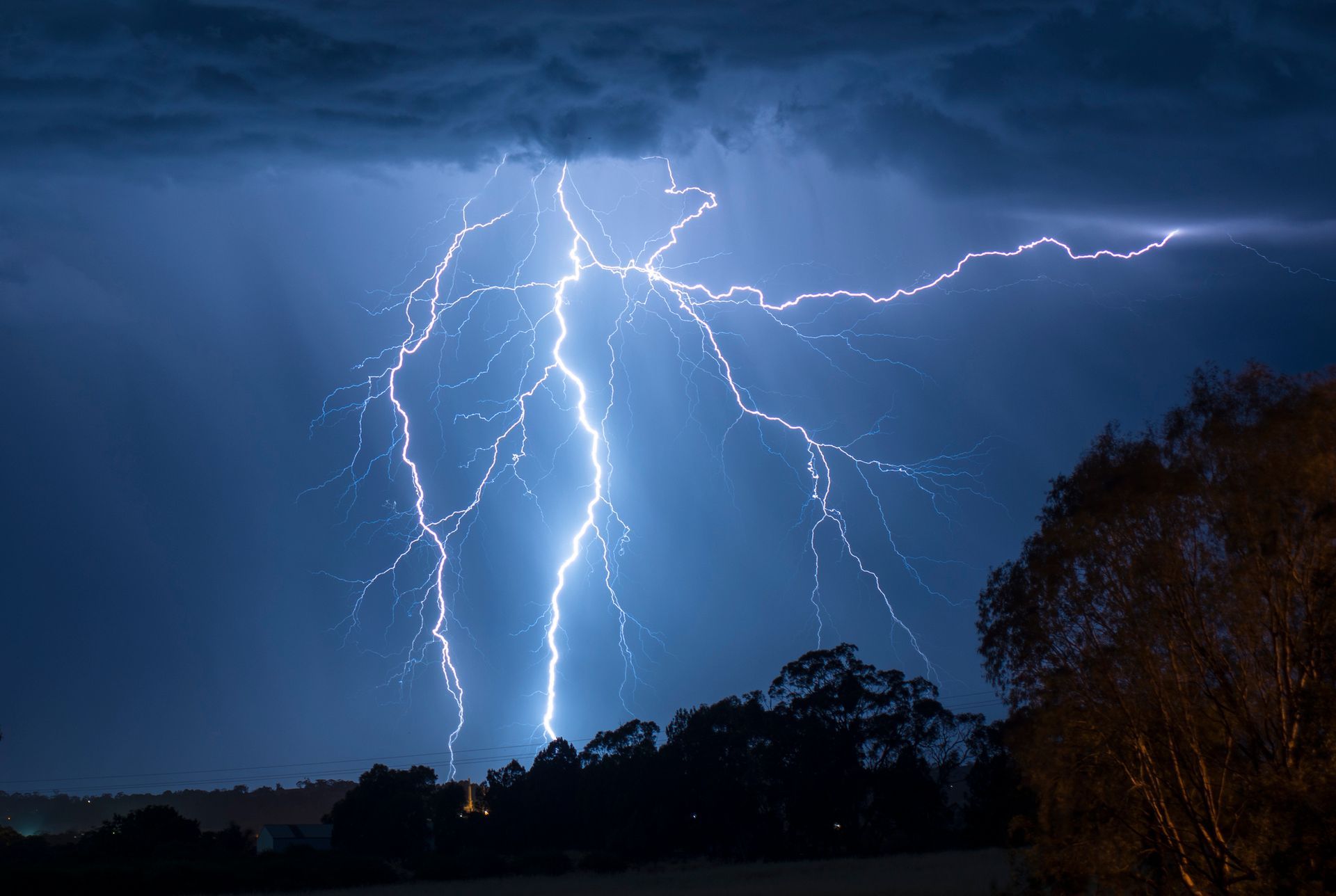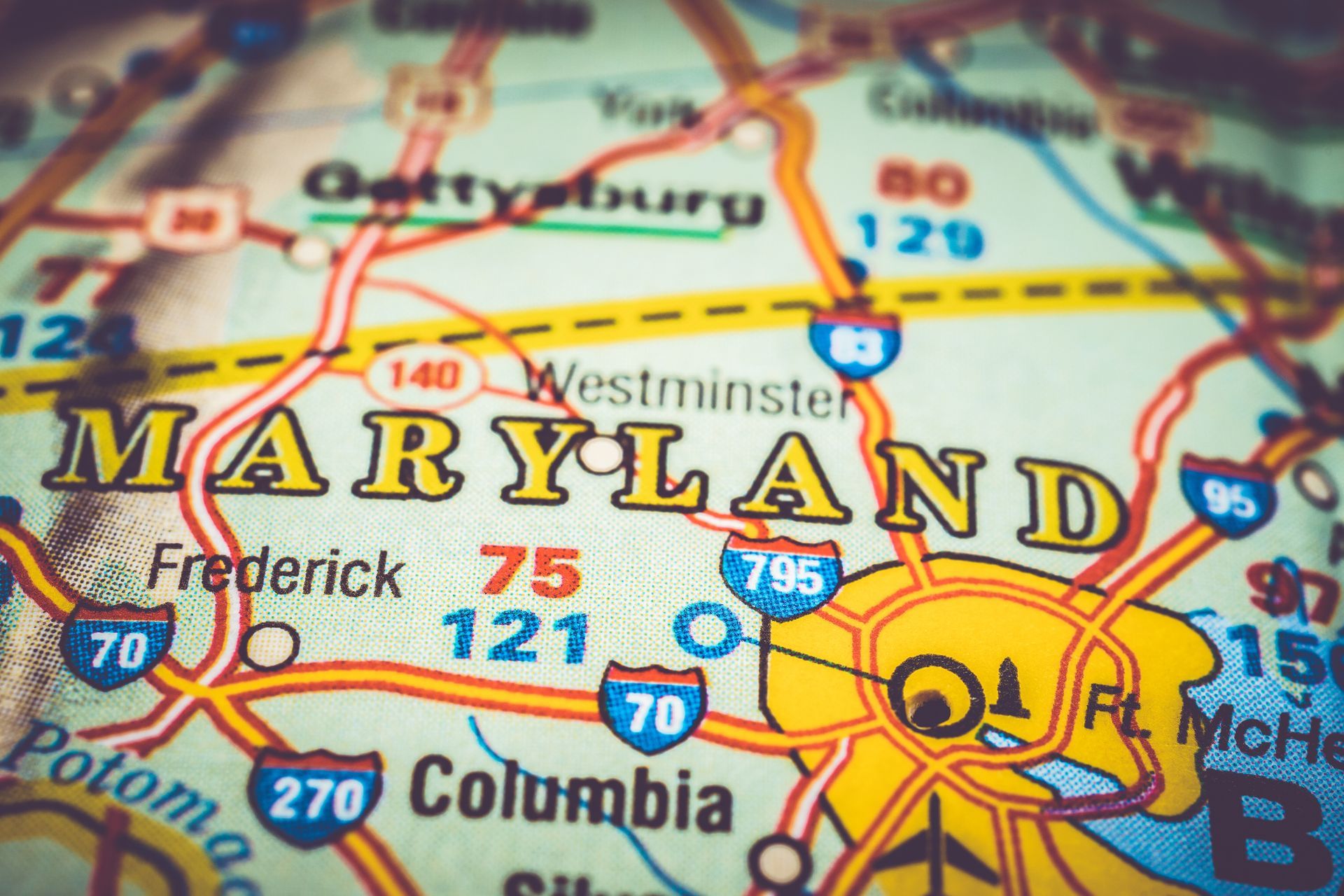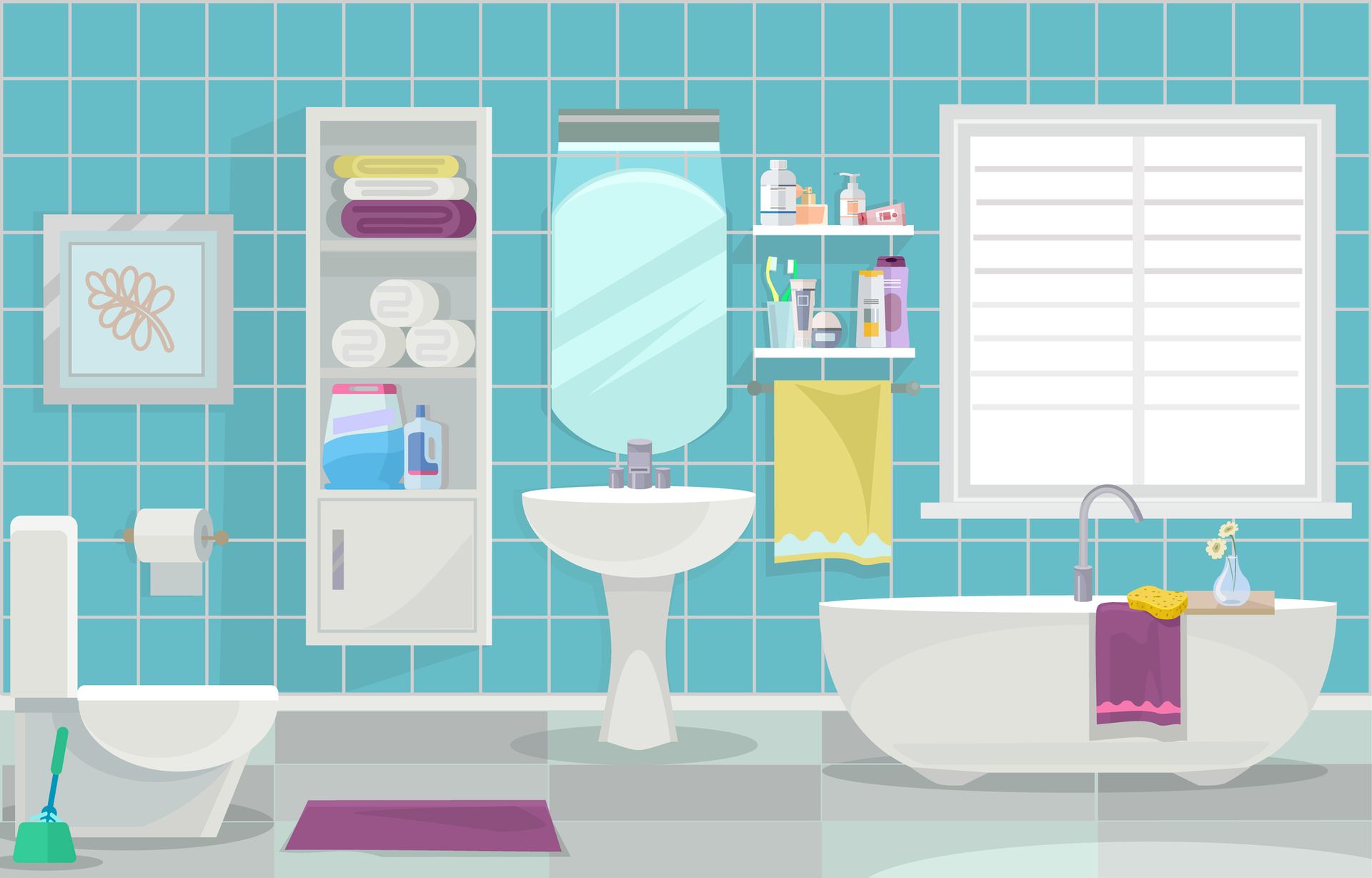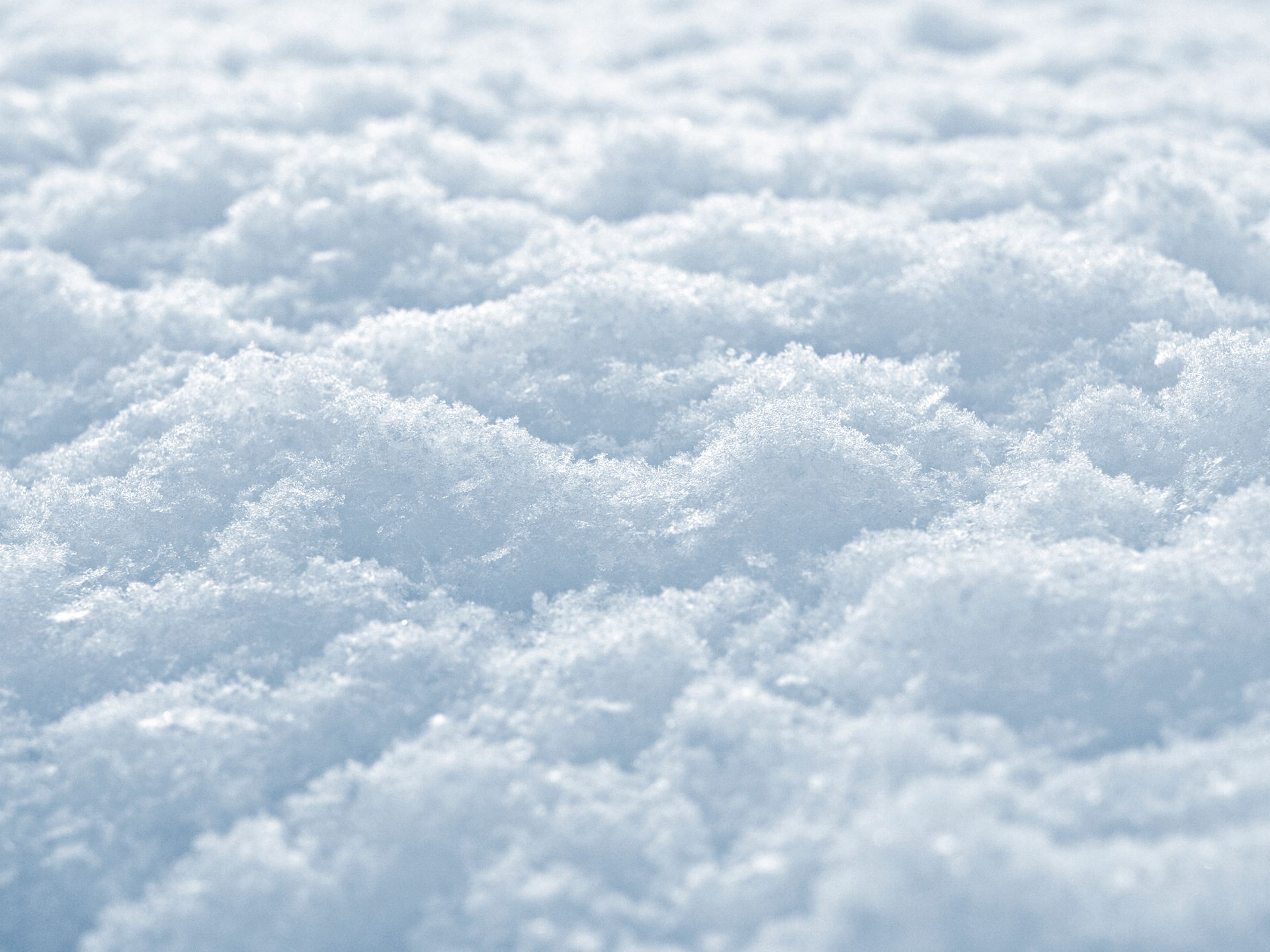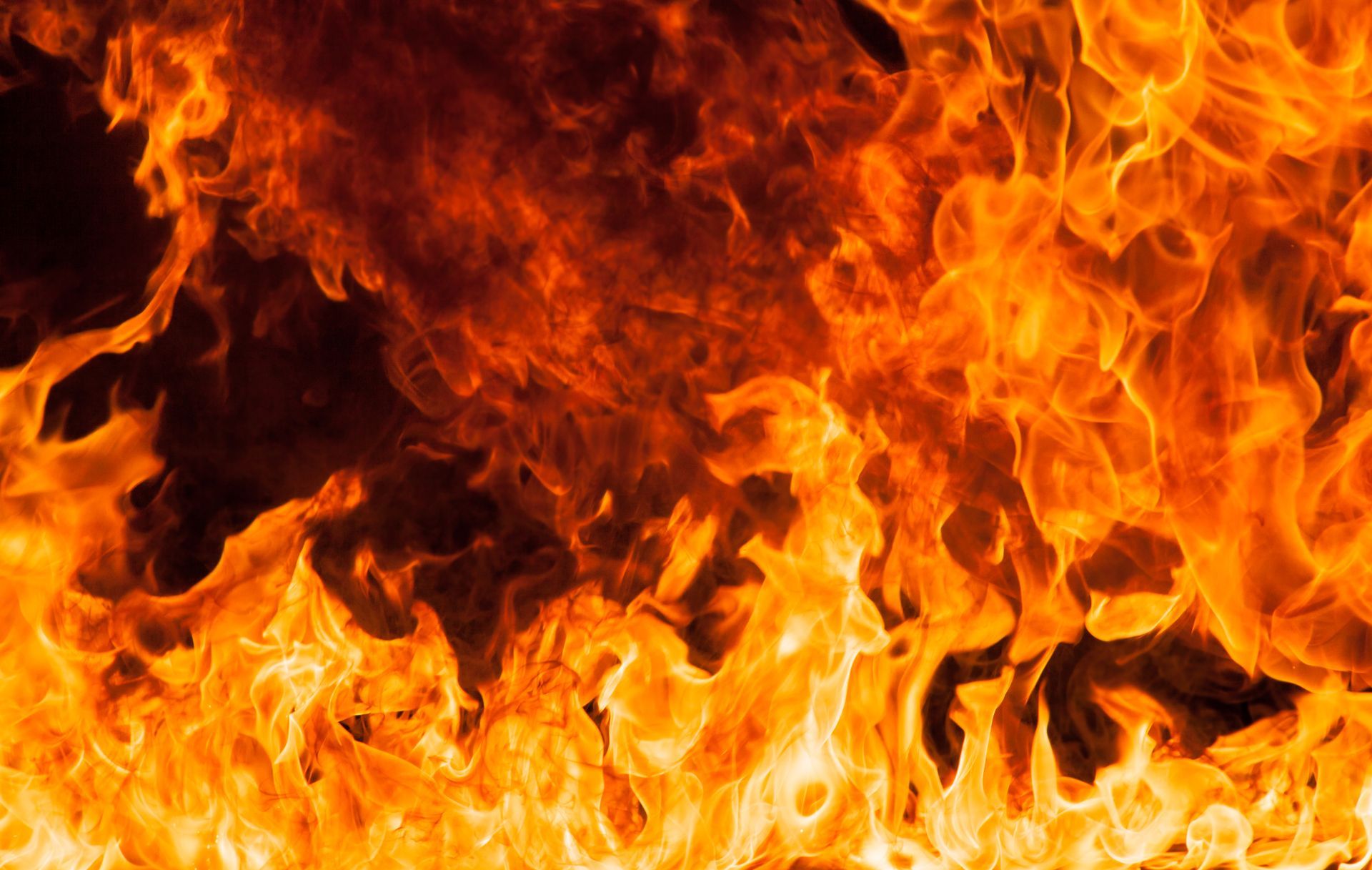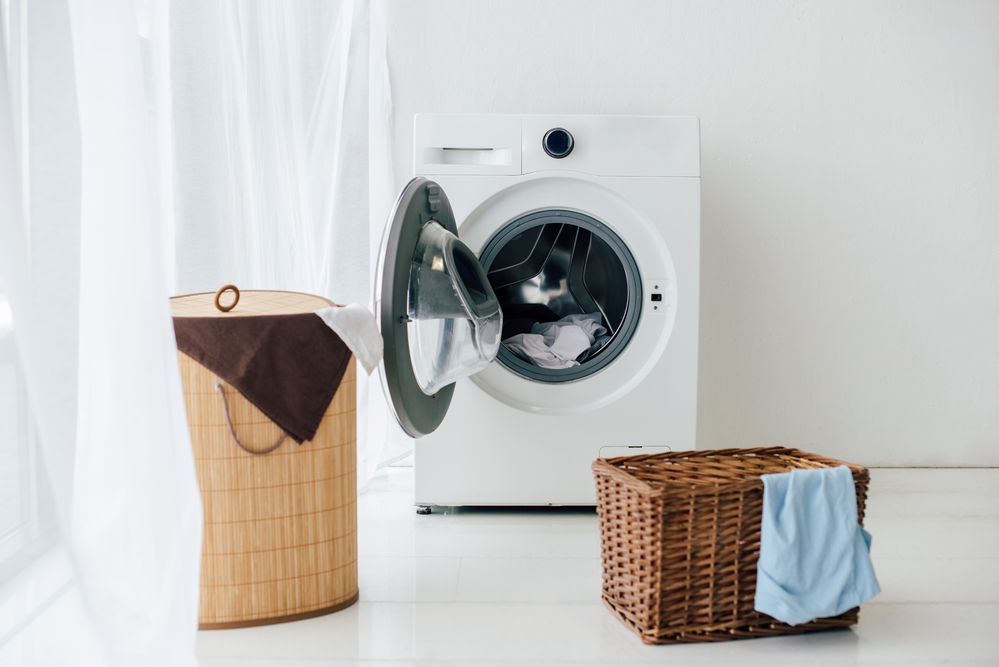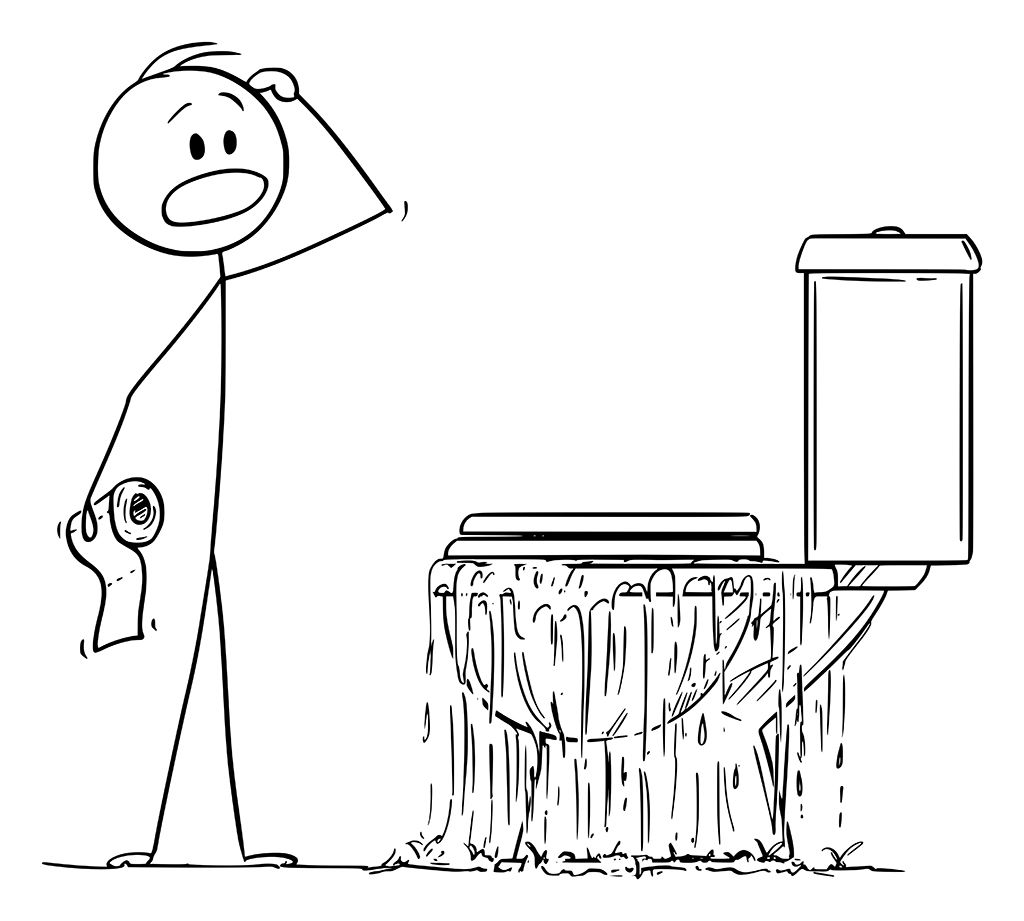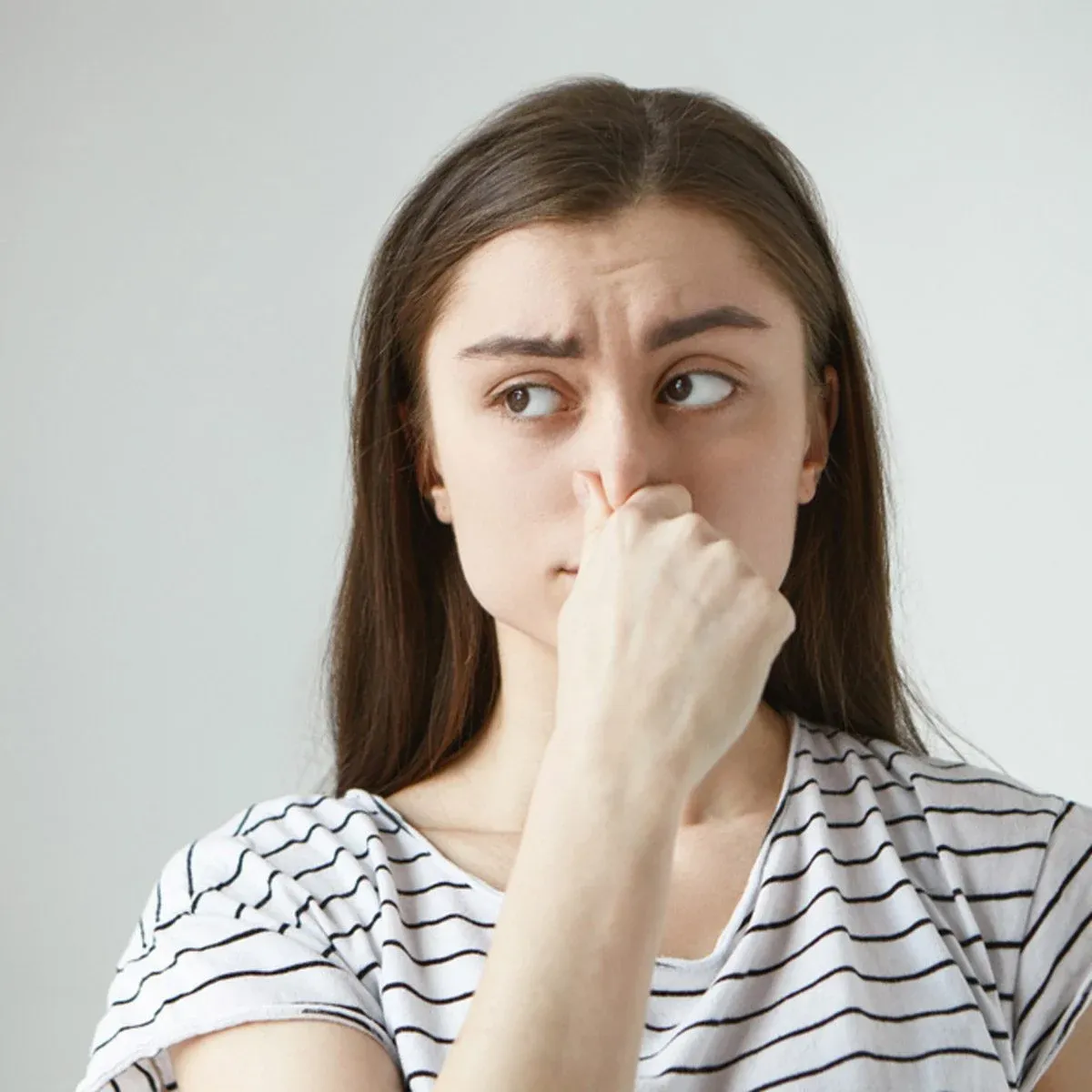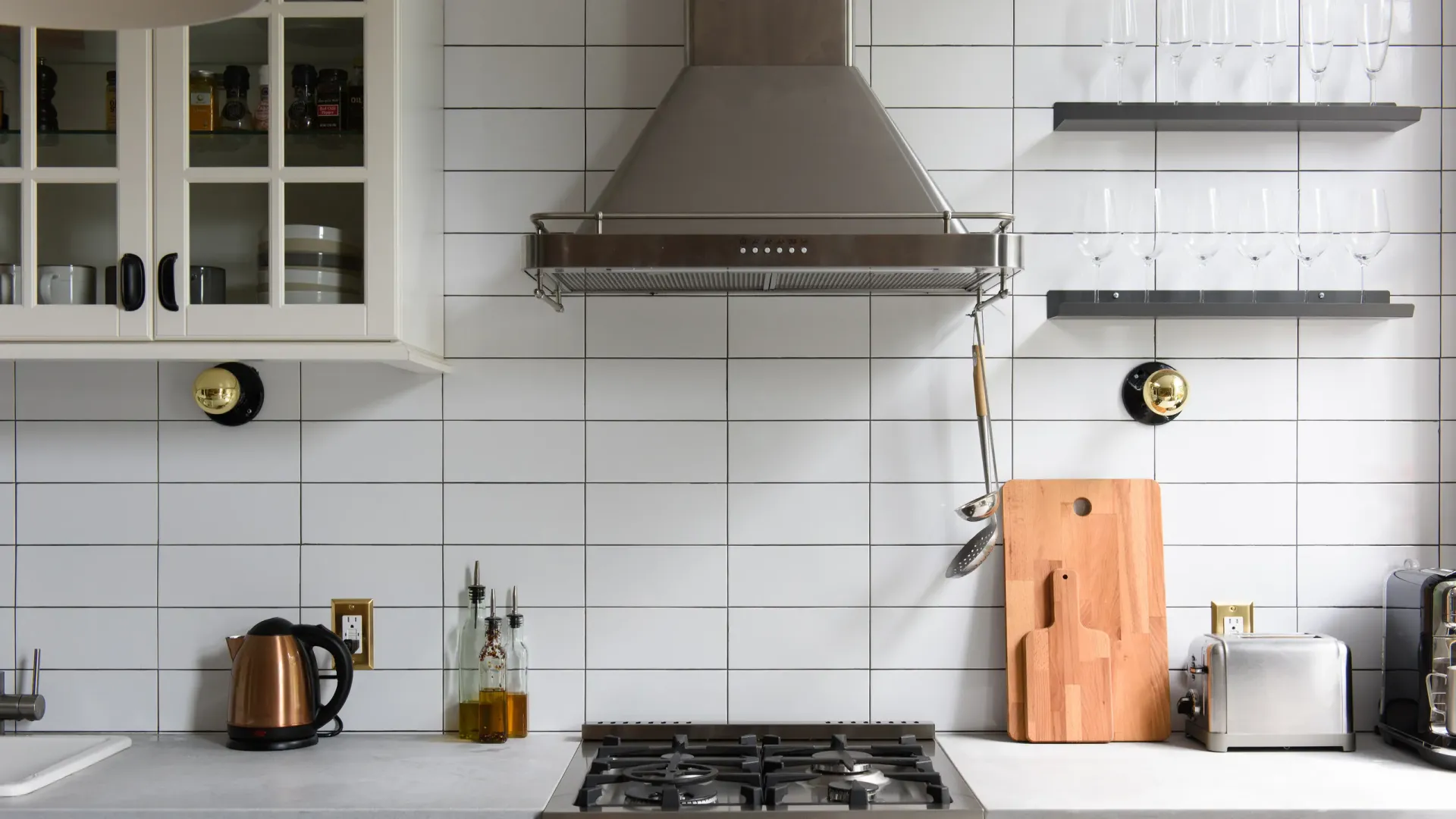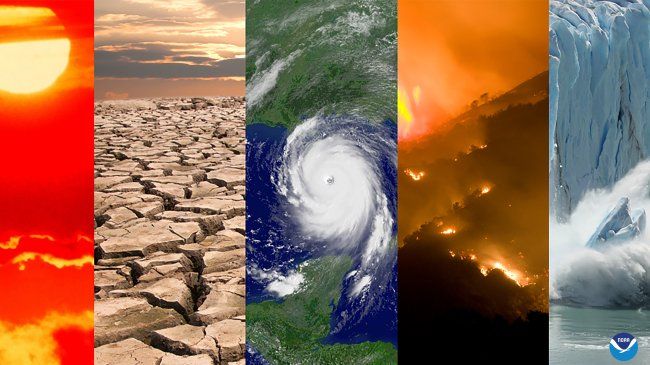Materials That Are Biohazardous and Non-Biohazardous
Materials That Are Biohazardous and Non-Biohazardous
-Fredrick, MD
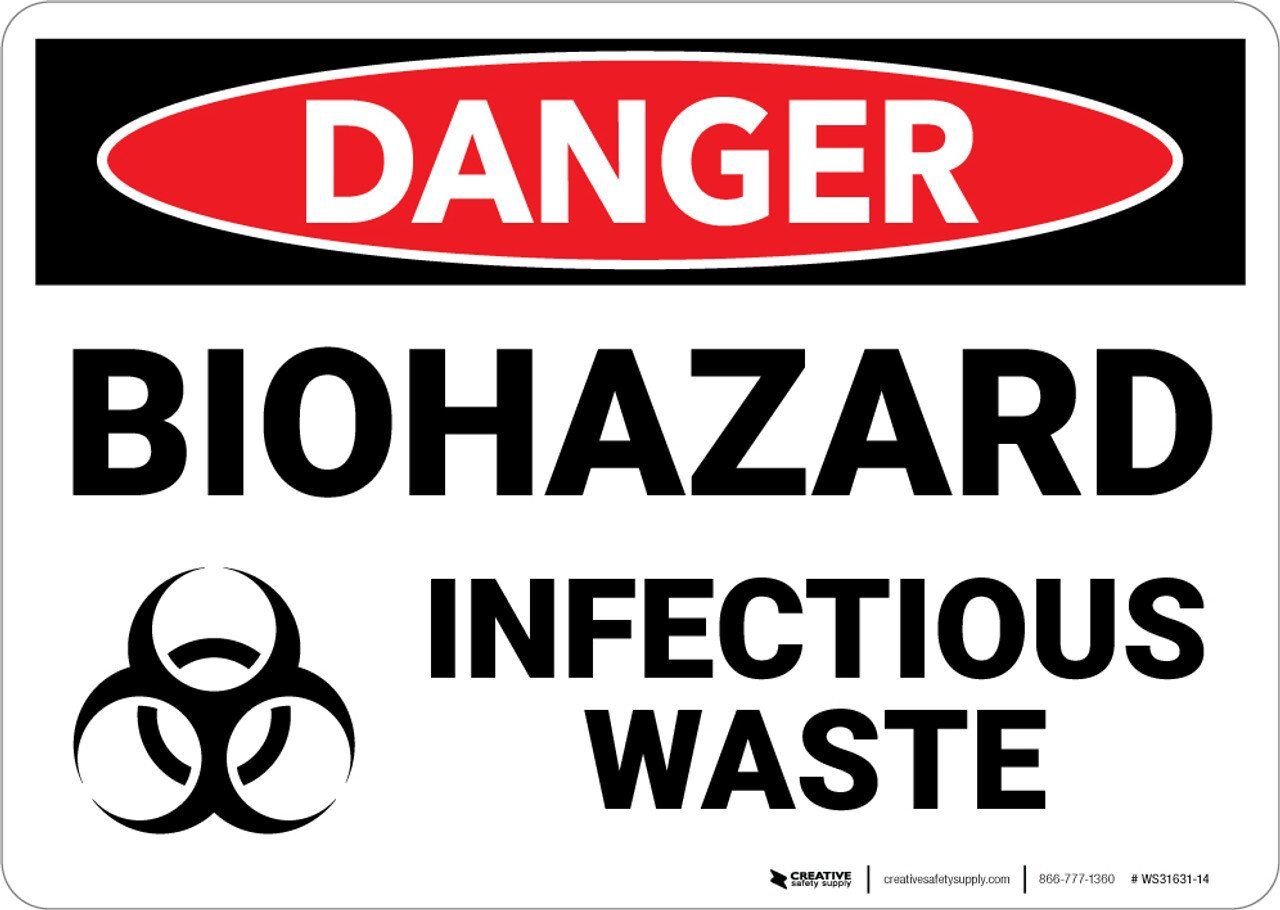
Biohazard materials can be found in many places, including the workplace and the classroom. Biohazard materials are biological materials that have been contaminated with potentially infectious substances. It is critical to distinguish biohazardous materials from non-biohazardous materials.
What is biohazard material, exactly?
Biohazards include microorganisms, plants, animals, and their byproducts. A person, animal, or object may become contaminated if they come into contact with biohazard materials. Biohazard materials, as a result, must be handled with extreme caution.
What are some examples of biohazard materials?
Medical facilities produce a constant stream of biohazard waste. Blood and blood byproducts, blood transfusion bags and suction canisters, IV tubing, and potentially infectious laboratory agents such as cultures or stocks are examples of infectious waste.
Because hospitals house a high concentration of sick people, biohazard materials are abundant. Any waste from a patient's room who has been diagnosed with a communicable disease is considered biohazard material.
Biohazard materials from a hospital setting include pathological waste, such as biopsies, and sharp waste, such as needles, broken glass vials, and scalpels. Another type is empty vials used to administer vaccines to patients.
In medical facilities, liquid medical waste, which is classified as biohazard material, is also common. Clinical specimen liquids, for example, fall into this category. Biohazard waste is body fluids and blood that may contain infectious materials and must be disposed of properly.
Cerebrospinal fluids, pleural fluids, sperm, vaginal secretions, pericardial fluid, saliva peritoneal fluid, and amniotic fluid from a new mother are all examples of human body fluids that are commonly found in hospitals and are considered biohazard materials.
While treating patients, medical personnel generate biohazard materials. Surgical masks, gowns, and gloves are all biohazard materials once used by doctors. Swabs and gauze soaked in blood, bodily fluids, or other infectious agents are examples of biohazard materials.
Biohazard materials abound in veterinary clinics, as they do in hospital settings. Animal waste, including carcasses and body parts, is a biohazard material. This category includes bedding used by pathogenic organism-infected animals.
What are some examples of non-biohazardous materials?
Biohazard materials are produced in large quantities in medical facilities. However, hospital settings handle a wide variety of non-biohazardous materials. 85 percent of hospital medical waste is not classified as biohazard material.
Plastic packaging, paper and cardboard, clean glass and plastic, and office products are examples of non-hazardous medical waste. Aerosol cans used for treatment or containing medical products are not biohazard materials in some states when completely depleted.
What should be done with biohazard waste?
Given the dangers of handling biohazard waste, it must be disposed of properly in appropriate containers. Sharps, for example, can pierce the skin and infect the user. Sharps must be labeled properly and discarded in puncture-resistant sharps containers.
Liquid biohazard waste must also be disposed of in vacuum flasks that are leak-proof and unbreakable. The flasks can be fitted with HEPA filters and cleaned when half full or regularly, such as once a week.
Solid biohazard waste should also be stored in sturdy, leak-proof containers that are lined with biohazard bags. These containers must bear the label "biohazard waste." Emptying one biohazard bag's contents into another can increase the risk of contamination.
Although biohazard waste can be found in medical settings, it can also be found in areas where there has been a violent crime, suicide, an accident, or unattended death.
Because biohazard materials contain dangerous pathogens, trained trauma cleaning specialists from Restoration 1 must handle, remove, and dispose of them. Our crews are trained and equipped to remove biohazard materials from homes and businesses in a safe manner.
Our services are used in a wide range of circumstances. We've cleaned houses where hoarding had occurred. Crews from Restoration 1 have cleaned crime scenes, rooms where suicide, trauma, or homicide occurred, and areas sprayed with tear gas or pepper spray.
Sanitizing, disinfecting, and deodorizing your property is part of Restoration 1. Our goal is to make your property sanitary and habitable again. The biohazard waste is transported to a medical waste disposal facility that is licensed. We can also assist you with insurance claims.
When you choose Restoration 1, you can be confident that we will handle the situation professionally and sensitively. Our technicians deal with biohazard cleanup every day and understand the value of compassion in the aftermath of traumatic events.
When you need dependable biohazard cleanup for sewage removal or hazardous substance disposal, call Restoration 1 of Fredricks. Our crews are ready to respond to your emergency in Fredricks, MD 24 hours a day, seven days a week. Please contact us as soon as possible so that you can resume your normal life.

